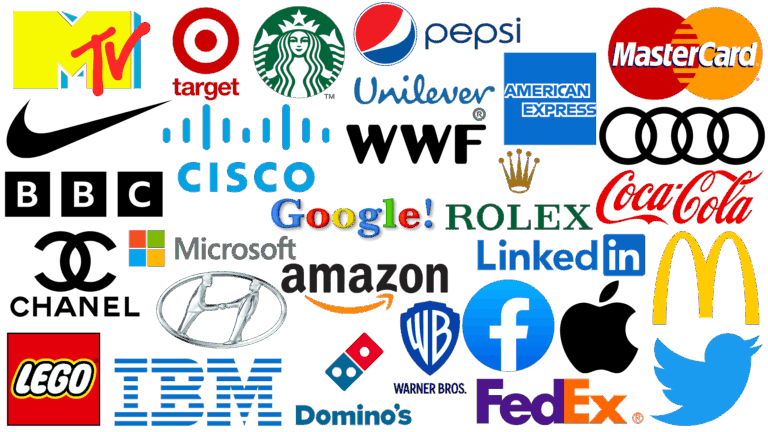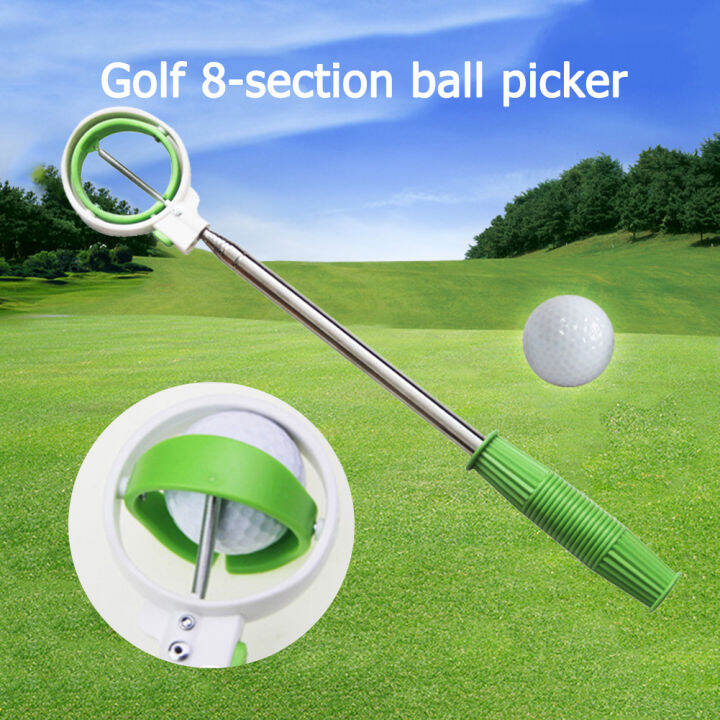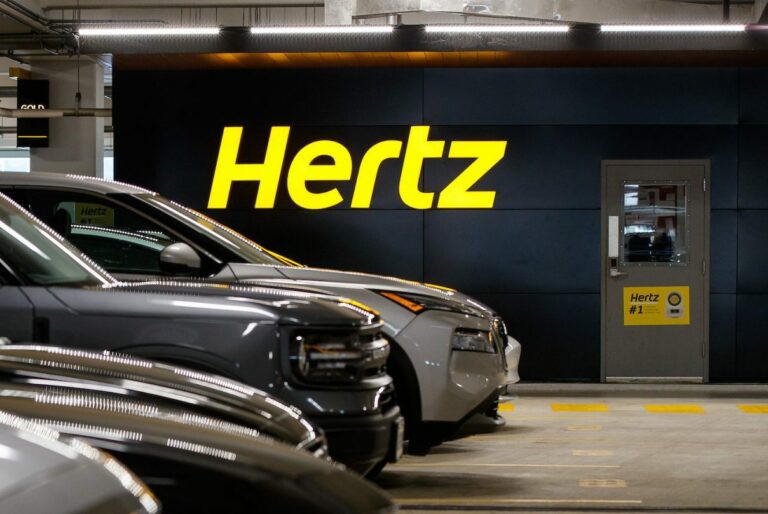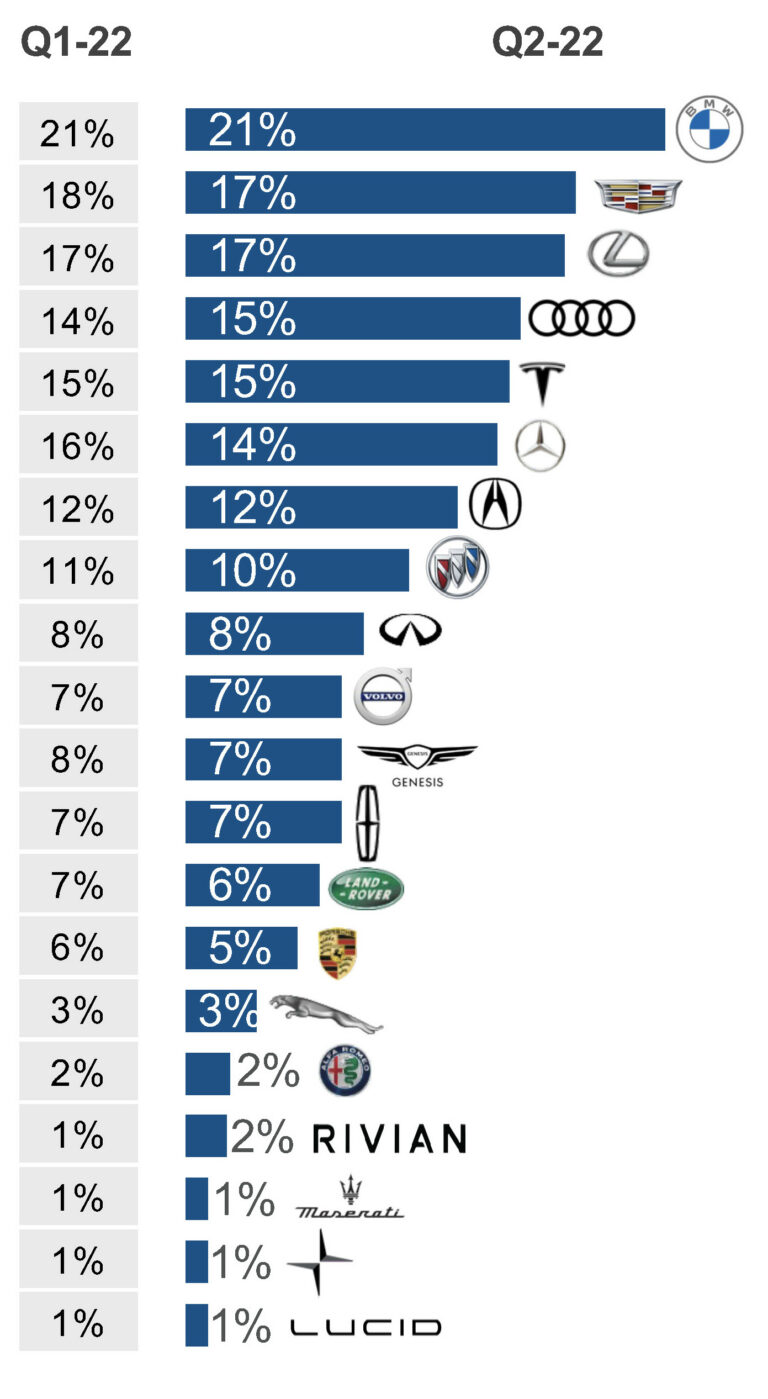How To Buy Brand New Unsold Cars: Your Ultimate Guide to Smart Savings
How To Buy Brand New Unsold Cars: Your Ultimate Guide to Smart Savings cars.truckstrend.com
Introduction: Unlocking the Value of "New Old Stock"
Imagine driving a brand-new car, complete with that unmistakable new car smell, full factory warranty, and zero miles on the odometer – but at a price significantly lower than its current model year equivalent. This isn’t a dream; it’s the reality of buying a "brand new unsold car," often referred to as "leftovers," "aged inventory," or "new old stock." These are vehicles that have never been registered, sitting patiently on a dealership lot, waiting for the right buyer.
How To Buy Brand New Unsold Cars: Your Ultimate Guide to Smart Savings
For savvy consumers, understanding how to identify and acquire these hidden gems represents one of the smartest ways to purchase a new vehicle. While they might be from the previous model year, they are functionally identical to their newer counterparts in most cases, yet come with a built-in discount. This comprehensive guide will illuminate the path to finding, evaluating, and negotiating for these excellent value propositions, empowering you to make a truly informed and financially astute car purchase.
Understanding "Unsold" Cars: What Are They Exactly?
Before diving into the buying process, it’s crucial to grasp what constitutes a "brand new unsold car." These vehicles are distinct from pre-owned or certified pre-owned (CPO) cars.
- Definition: A brand new unsold car is a vehicle that has rolled off the assembly line, been shipped to a dealership, but has never been titled or registered to an owner. It retains its "new" status, regardless of how long it has been sitting on the lot.
- Model Year vs. Calendar Year: Often, these cars are from the previous model year. For instance, in late 2024, a dealership might still have 2023 models in stock. While a year older by model designation, they are still factory-fresh.
- Why They Remain Unsold: There are several reasons a car might become aged inventory:
- Timing: They arrive just before the new model year vehicles hit the lots.
- Less Popular Configurations: Some color, trim, or option combinations are less in demand.
- Overstocking: The dealership ordered too many of a particular model.
- Economic Shifts: Unexpected changes in the market can slow sales.
- Dealer Focus: Sales staff might naturally gravitate towards promoting the latest models.


The key takeaway is that their "unsold" status is rarely due to a defect or issue with the vehicle itself. It’s almost always a matter of timing, inventory management, or market demand.
The Undeniable Advantages of Buying Unsold Inventory
Choosing a brand new unsold car offers a compelling array of benefits that directly translate into significant savings and peace of mind.
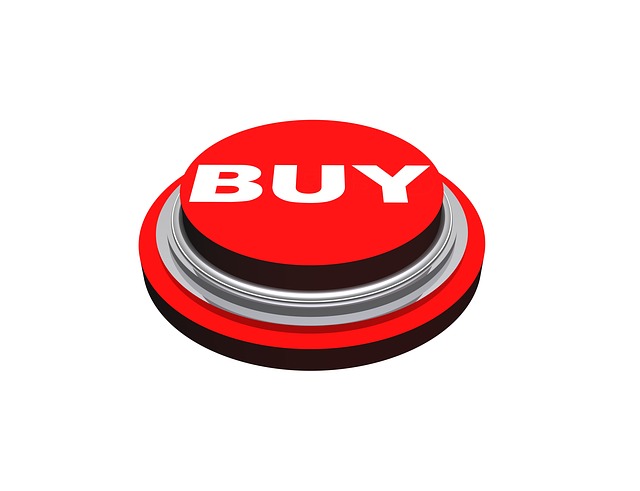
- Significant Depreciation Savings: A car’s value depreciates most rapidly in its first year. By purchasing a vehicle that is already a model year old, you effectively let the dealership absorb a large portion of that initial depreciation hit. This means you get a "new" car that has already experienced its steepest value decline.
- Full Factory Warranty: Unlike a used car, a brand new unsold car comes with the full, unactivated factory warranty, starting from the day you drive it off the lot. This provides the same comprehensive coverage as a current model year vehicle.
- Brand New Condition: You’re the first owner. There are no previous drivers, no mystery maintenance history, and no hidden wear and tear. You get that pristine, factory-fresh experience.
- Enhanced Negotiating Power: Dealers are highly motivated to move aged inventory. These cars incur "holding costs" (interest on the loan the dealer took out to buy the car, insurance, space on the lot). The longer a car sits, the more it costs the dealership. This provides you with considerable leverage to negotiate a substantial discount.
- Potential for Unique Features: Sometimes, specific trims, colors, or feature packages are discontinued for the current model year. Buying an unsold car might be your last chance to get a configuration you particularly desire.
- Manufacturer Incentives: Automakers often offer special incentives (cash rebates, low APR financing) specifically to help dealerships clear out previous model year vehicles. These can stack with dealer discounts for even greater savings.
How to Find Brand New Unsold Cars
Finding these deals requires a strategic approach, combining online research with direct communication.
- Online Car Listing Sites:
- Filter by Model Year: On sites like AutoTrader, Cars.com, Edmunds, or even manufacturer certified pre-owned sites (which sometimes list new inventory), use the search filters to select the previous model year (e.g., if it’s 2024, search for 2023 models).
- Look for "New" Status: Ensure the listing clearly states "New" or "Unregistered."
- Check Dealer Websites: Many dealerships have a dedicated "New Car Specials," "Clearance," "Last Year’s Models," or "Aged Inventory" section on their own websites.
- Manufacturer Websites: Visit the official websites of car brands you’re interested in. They sometimes highlight incentives or direct you to dealerships with previous model year stock.
- Direct Dealer Contact:
- Call Ahead: Before visiting, call dealerships and specifically ask about their "previous model year new car inventory" or "aged inventory." Be clear you’re looking for an unregistered vehicle.
- Visit in Person: Once you’ve identified potential candidates online or via phone, a direct visit allows you to inspect the car and confirm its condition.
- Strategic Timing:
- End of the Calendar Year (November/December): This is prime time, as dealerships aim to hit year-end sales targets and clear space for next year’s models.
- End of the Model Year Production Run (often late summer/early fall): New model years typically arrive around this time, making previous models ripe for discounts.
- End of the Month/Quarter: Sales managers often have quotas to meet by these deadlines, increasing their willingness to deal.
Key Considerations Before You Buy
While buying an unsold car is smart, it’s not without its nuances. Keep these points in mind:
- Features and Technology: While largely similar, current model years might have minor updates in technology, safety features, or infotainment systems. Confirm that the previous model year car still meets your needs and expectations for features. Researching online reviews and comparisons for both model years is crucial.
- Resale Value Impact: You save money upfront, but the car’s depreciation clock started ticking from its original model year. When you eventually sell it, it will be valued as a vehicle from its manufacturing year, not the year you bought it. However, the initial savings often outweigh this.
- Financing Incentives: Sometimes, manufacturer-backed low APR financing offers are exclusively for the current model year. Compare the total cost (purchase price + interest) of buying an unsold car with cash rebates versus a current model year with low APR.
- Limited Availability: Unsold cars are typically available in limited quantities and specific configurations. You might not find your exact preferred color or trim, so be prepared to be flexible.
- Inspection and Condition: Although "new," these cars have been sitting. Check for:
- Tires: Look for flat spots (can usually be driven out) or signs of dry rot (rare on newer cars).
- Battery: Ensure it holds a charge and starts reliably.
- Cosmetics: Minor dust, sap, or environmental debris might be present. Ensure any such issues are professionally cleaned before delivery.
- Fluid Levels: Check oil, coolant, and brake fluid.
- Warranty Start Date: Always confirm that the full factory warranty begins on your purchase date, not the manufacturing date. This is standard for new vehicles but always worth verifying.
Negotiating Your Best Deal on an Unsold Car
This is where the real savings happen. Approach negotiations with confidence and information.
- Do Your Homework:
- Research the Car: Know the MSRP, invoice price (if you can find it via services like Edmunds), and what similar current model year cars are selling for.
- Identify Incentives: Research any manufacturer rebates, dealer cash, or special financing specific to that previous model year.
- Know Your Budget: Set a firm "out-the-door" price (including all taxes, fees, and charges) that you’re willing to pay.
- Focus on the Out-the-Door Price: Dealers love to talk about monthly payments. Insist on discussing the total purchase price, including all mandatory fees (destination, documentation, registration, taxes).
- Leverage Dealer Motivation: Remind them (politely) that this car is costing them money by sitting on the lot. They need to make space.
- Be Prepared to Walk Away: Your strongest negotiating tool is your willingness to leave if the deal isn’t right. Don’t be pressured.
- Separate Trade-in (if applicable): If you have a trade-in, try to negotiate the price of the new car first, then discuss your trade-in as a separate transaction. This prevents the dealer from shifting money around.
- Decline Unnecessary Add-ons: Be wary of high-pressure sales for extended warranties, paint protection, fabric protection, or anti-theft devices. These are often high-profit items for the dealer and can significantly inflate your cost. If you want them, negotiate their price heavily.
- Ask for Everything in Writing: Before signing, ensure all agreed-upon terms, prices, and fees are clearly documented.
Pricing Insights: What Discounts to Expect
Providing a universal "price table" for brand new unsold cars is impossible, as prices fluctuate wildly based on make, model, trim, location, dealer inventory, and current incentives. However, we can outline the factors influencing the price and typical discount ranges you can aim for.
| Factor Influencing Price | Description & Impact on Discount Potential | Typical Discount Range (Off MSRP) |
|---|---|---|
| Model Year Difference | A car from the previous model year will command a higher discount than one from two model years prior. The older it is, the more motivated the dealer. | 10% – 20% (1-year old) 20% – 30%+ (2+ years old) |
| Popularity / Demand | Less popular models, less desirable colors/trims, or configurations that didn’t sell well will typically see deeper discounts. | Higher discounts for low-demand models. |
| Dealer Holding Costs | The longer a car sits on the lot, the more it costs the dealer in interest and space. This increases their incentive to sell it quickly. | Increases with time on lot. |
| Manufacturer Incentives | Direct cash rebates, special financing rates, or dealer cash incentives offered by the automaker to clear inventory. | Varies widely, can be thousands of dollars. |
| Dealer Profit Margin | Dealers have varying profit targets. More aggressive dealers might offer steeper discounts. | Negotiable portion, often 3-7% of MSRP. |
| Negotiating Skill | Your ability to research, compare, and leverage your position can significantly impact the final price. | Up to several thousand dollars extra in savings. |
| Regional Market | Car prices and availability can vary by region due to different demand and competition levels. | Can slightly influence baseline price. |
General Expectation:
While highly variable, it’s not uncommon to secure discounts of 10-20% off the original MSRP for a one-year-old unsold car. For less popular models, or those that have been sitting for an extended period (18+ months), discounts can sometimes reach 25% or even 30% or more, especially when manufacturer incentives are factored in. Remember, these are targets to aim for, not guarantees. Your negotiation skills will play a significant role.
Conclusion: Drive New, Pay Less
Buying a brand new unsold car is a savvy strategy for anyone looking to maximize their budget without sacrificing the benefits of a new vehicle. By understanding what these cars are, knowing where to find them, and mastering the art of negotiation, you can unlock significant savings that simply aren’t available with current model year vehicles.
While a minor compromise on the absolute latest features might be necessary, the trade-off in financial benefit is often well worth it. You get a pristine, never-before-owned vehicle with a full warranty, at a price that reflects smart shopping. So, next time you’re in the market for a new car, remember to look beyond the shiny new models and explore the hidden value in the unsold inventory. Your wallet will thank you.
Frequently Asked Questions (FAQ) About Buying Brand New Unsold Cars
Q1: Is an unsold car truly "new" if it’s from the previous model year?
A1: Yes, absolutely. For a car to be considered "new," it must never have been titled or registered to a private owner. Even if it’s a 2023 model being sold in 2024, if it hasn’t been registered, it’s legally and functionally a brand-new vehicle.
Q2: Does the factory warranty start from the manufacturing date or the purchase date?
A2: For a brand-new vehicle, the full factory warranty typically begins on the date of purchase (when the car is first titled/registered), not the manufacturing date. Always confirm this with the dealer to ensure you get the full warranty period.
Q3: Will an unsold car have the latest technology and features?
A3: It will have the technology and features available for its specific model year. While often very similar, car manufacturers sometimes introduce minor updates, new safety features, or infotainment system revisions with each new model year. Research the exact model year you’re considering to ensure it meets your needs.
Q4: How much can I realistically expect to save on an unsold car?
A4: Savings vary widely based on the make, model, how long it’s been unsold, and current incentives. However, it’s common to see discounts ranging from 10% to 20% off the original MSRP. For less popular models or those that have been sitting for a long time, discounts can be even higher, sometimes exceeding 25% to 30%.
Q5: Is financing different for unsold cars compared to current model year cars?
A5: Manufacturer-backed low APR financing offers are sometimes exclusive to the current model year vehicles. However, dealers can still offer competitive financing through their own networks. It’s crucial to compare the total cost (purchase price + interest) between an unsold car with cash rebates versus a current model year with a potentially lower APR.
Q6: Does buying an unsold car affect its resale value later on?
A6: Yes, it does. While you save significantly upfront, the car’s depreciation curve began when it was originally produced. When you eventually sell it, its value will be assessed based on its actual model year (e.g., a 2023 model will be valued as a 2023 car, not a 2024 car you bought new). However, the initial savings often outweigh this future depreciation impact.
Q7: Should I be concerned about the car sitting on the lot for a long time?
A7: Generally, no. Modern cars are built to withstand sitting. However, it’s always wise to perform a thorough inspection. Check tires for flat spots (which usually resolve with driving), ensure the battery is strong, and look for any minor cosmetic issues from environmental exposure. The dealer should address any such issues before delivery.

